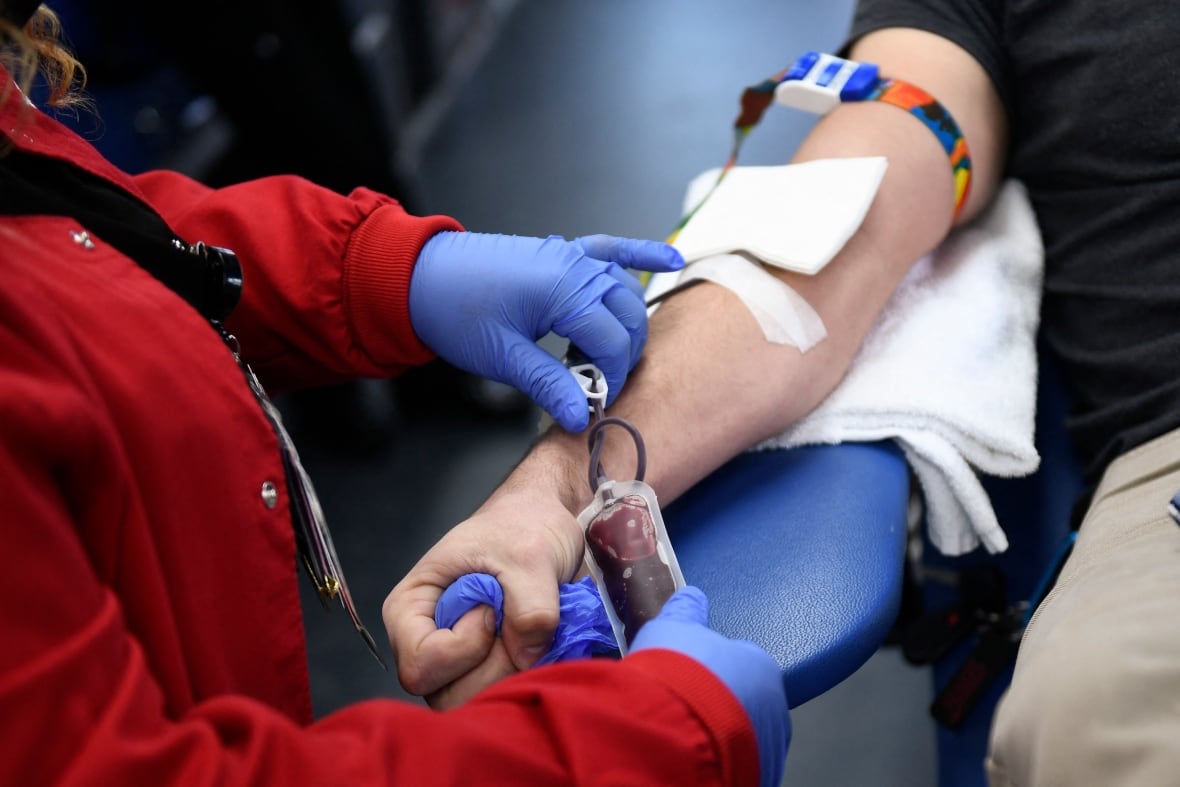With 1,000 Canadian patients waiting for lifesaving stem cell transplants, students on the Island are being asked this week to help give them a better chance of survival.
Canadian Blood Services is calling on those between the ages of 17 and 35 to register as potential stem cell donors.
On Feb. 7, students can join the national stem cell registry at the Swab at School event at UPEI’s W.A. Murphy Centre from 12 to 2 p.m. and 4 to 6 p.m.
Last year’s campaign saw significant support, with 2,000 more people than expected joining the registry, the blood donor service said in a release. This year, it hopes to swab 3,000 students across the country over two weeks.
Deborah MacGillivray, a community development manager with Canadian Blood Services, said younger donors are ideal because they provide better outcomes for patients.
“There’s more stem cells in a younger person. There’s also more stem cells in men versus women too. So we highly recruit, we highly encourage those men to stop by our booth as well,” she told CBC News.
Quick and easy process
MacGillivray said signing up is simple. Students can bring their smartphones to the W.A. Murphy Centre, scan a QR code, and complete a short eligibility quiz. After providing contact information and performing four buccal swabs, their samples are sent to a lab. Once registered, they remain on the list until their 60th birthday.
If a match is found, donation is similar to giving blood, but will take more time.

She said normally, with a blood donation, a person would be in and out of the donor center within an hour. Donating stem cells can take about four hours, but most people can return to regular activities the next day or within a couple of days.
“If you are in Atlantic Canada, it would happen out of Halifax and all travel accommodations and everything would be supplied to you,” she said.
A need for more diversity
MacGillivray said stem cells are used to treat more than 80 diseases and disorders, including leukemia, lymphoma and aplastic anemia.
She added that Canada’s national stem cell registry needs more diversity to increase the chances of finding matches for all patients.
According to Canadian Blood Services, stem cell transplant patients find better matches within their ethnic group, and so students who come from an ethnically diverse or mixed-race background may be life-saving donors.
MacGillivray said when a patient needs a stem cell transplant, doctors first look to their family for a match, but there’s only a 25 per cent chance of finding one among siblings.
“After that, 75 per cent of the time you are going to receive a stem cell transplant from an unrelated donor, and that is what we are recruiting,” she said.
Matches are based on HLA — human leukocyte antigen — markers, which are inherited from parents.
“It’s almost like finding your doppelgänger in the world that you never knew that you had,” she said. “It’s very difficult.”
She noted a recent success story from a university in the Maritimes, where four students were called upon to donate their stem cells, which is a rare occurrence, as many registered donors may never receive such a call.
#Students #encouraged #register #stem #cell #donors #save #lives #UPEI #event












Leave a Reply